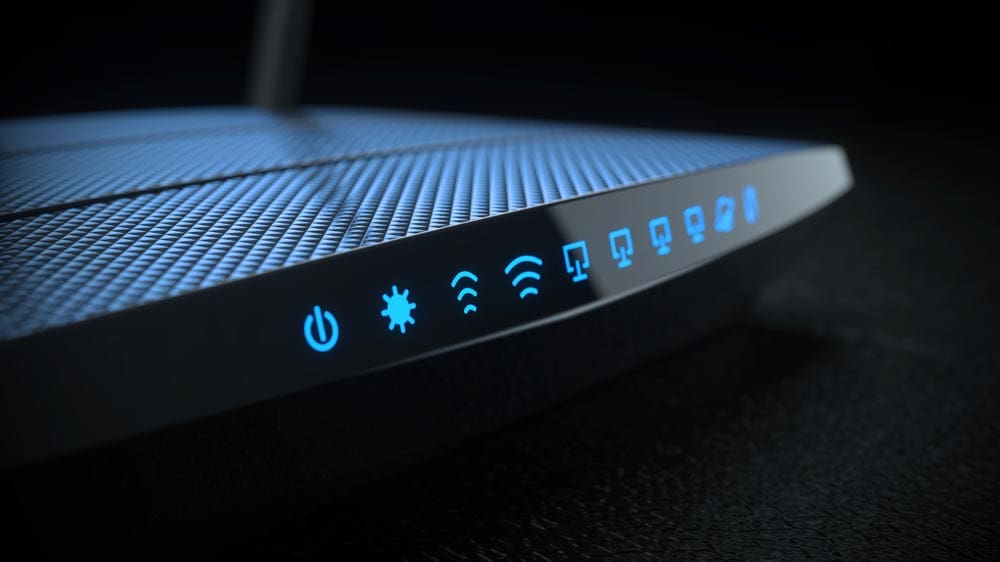We take for granted how computers in the workplace are all connected together. Sharing files with coworkers, sending documents to a network printer, and accessing data from a networked server are all routine procedures thanks to the invention of Ethernet technology. On Ethernet’s 40th anniversary, the IEEE History Center shares excerpts from the oral history interview it conducted with Ethernet’s co-inventor Robert Metcalfe in February 2004.
The technology’s genesis dates to 1973, when Xerox PARC, in Palo Alto, Calif., built the Alto personal computer. Robert Metcalfe—who was working there at the time and finishing his Ph.D. dissertation for Harvard—was assigned to design a network for the machine as well as a card that could be plugged into it to enable communication with the Advanced Research Projects Agency Network (ARPANET), the world’s first operational packet-switching network and the precursor to the Internet. Xerox PARC was also building a laser printer that could print 500 dots per inch at a speed of one page per minute. The hope was to use it as a central printer for all of Xerox PARC’s personal computers. Hundreds of computers had to be connected.
“If you do the math on that printer,” Metcalfe explained in his interview with the IEEE History Center, “that was a lot of bits per second…500 times 500, times 8.5, times 11, per minute…that’s a big number. RS-232 was then the standard for interconnecting terminals, and it frequently ran below 19.2 kilobits per second. It was not even close to what was needed.”









